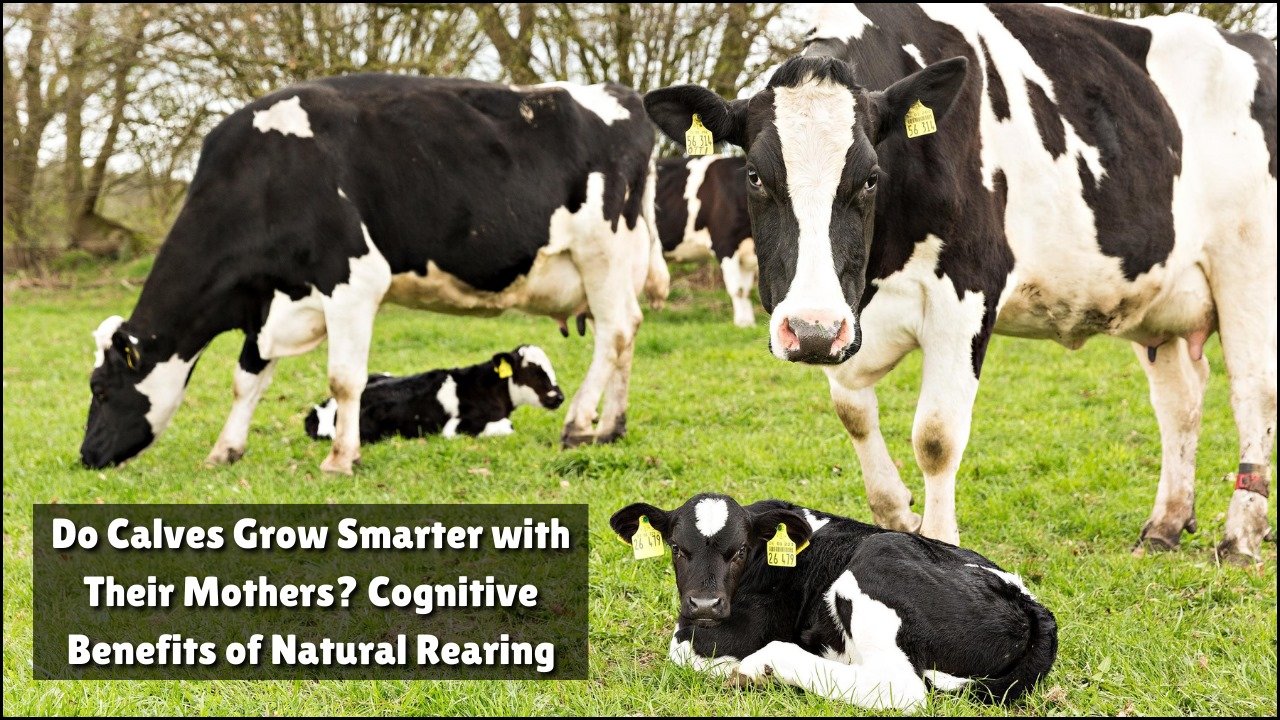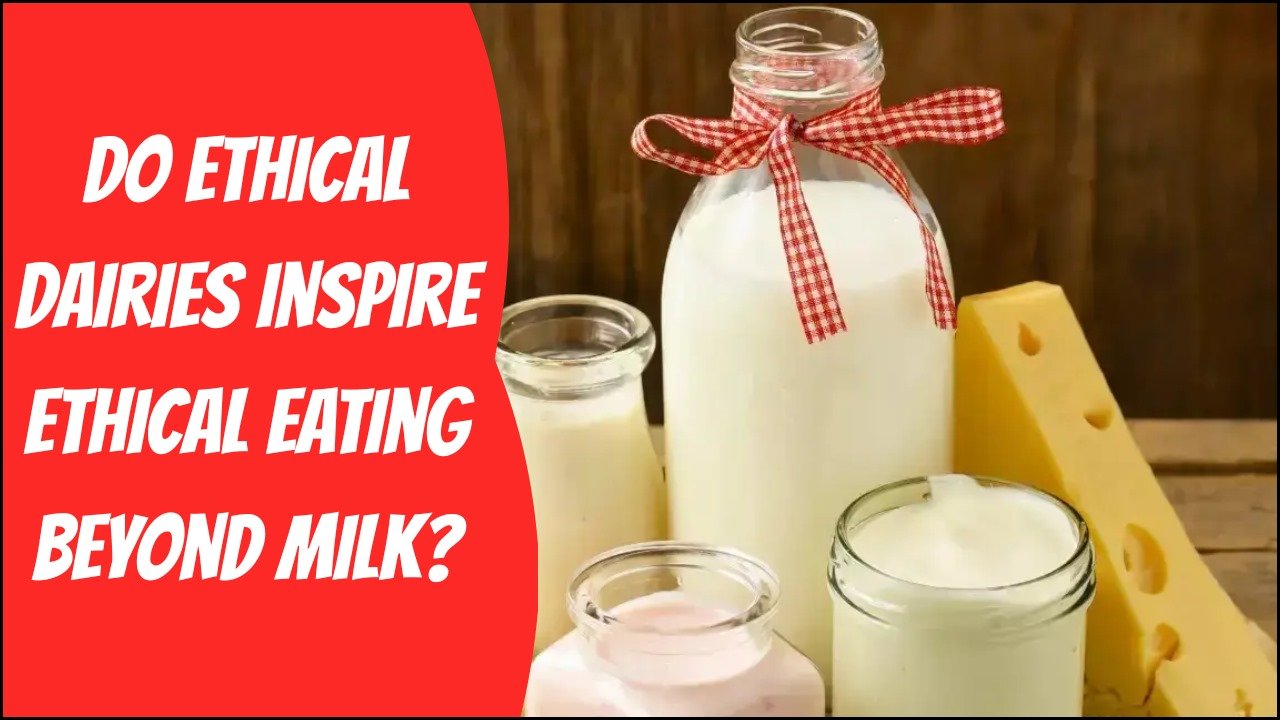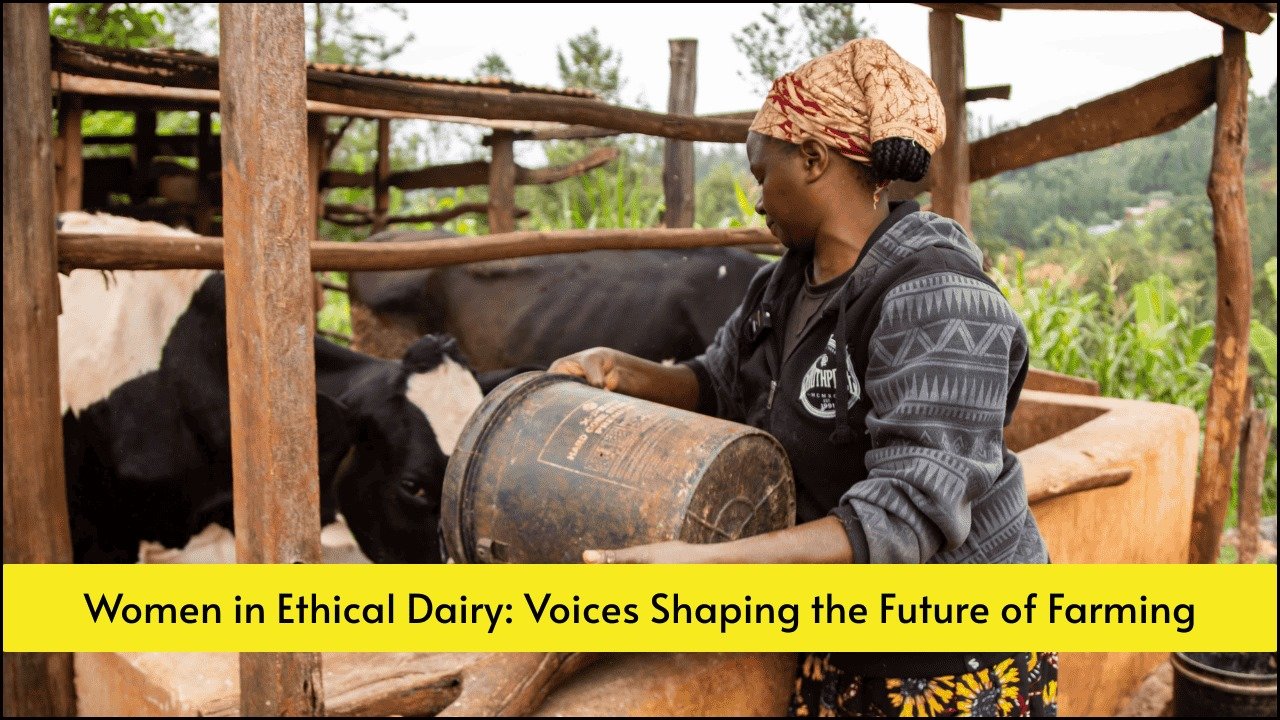
Pasture diversity plays a crucial role in the health of dairy herds, influencing both calf growth and the quality of milk produced. Mixed grazing systems, which involve cultivating a range of grasses, legumes, and herbs, can provide a balanced diet for both cows and calves. This variety ensures that livestock receive a broader spectrum of nutrients, which directly impacts their well-being and productivity.
Table of Contents
Nutritional Advantages of Mixed Grazing
A diverse pasture offers cows and calves access to plants with varying nutrient profiles. Legumes such as clover supply essential proteins, while deep-rooted herbs like chicory provide valuable minerals. The combination of these forages helps meet the dietary needs of young calves, supporting stronger immune systems and faster growth rates. For lactating cows, these nutrients translate into milk that is richer in protein, fat, and beneficial fatty acids.
Overview
| Aspect | Benefit for Calves | Benefit for Cows & Milk Quality |
|---|---|---|
| Protein-rich legumes | Supports muscle growth | Enhances milk protein content |
| Deep-rooted herbs | Improves mineral intake | Adds minerals and antioxidants to milk |
| Early grazing opportunities | Faster growth and stronger immunity | Sustained lactation and better health |
| Biodiversity | Healthier digestion and grazing behavior | Balanced nutrition and consistent yield |
Impact on Calf Growth
Young calves benefit significantly from the nutritional variety in diverse pastures. The presence of high-quality forage means they can start grazing earlier, reducing reliance on milk as their sole source of nutrition. Improved mineral intake from plants such as plantain and yarrow supports bone development, while higher protein levels promote muscle growth. This early access to nutrient-rich grazing sets the stage for healthier, more productive adult cows.
Enhancing Milk Quality Through Pasture Diversity
Milk composition is closely linked to the cow’s diet. Cows grazing on mixed pastures often produce milk with higher levels of omega-3 fatty acids and antioxidants, which are beneficial for human health. These nutrients also improve the shelf life and flavor of dairy products. The variety in forage reduces the risk of nutrient deficiencies that could otherwise lower milk yield and quality.
Animal Welfare Benefits
Pasture diversity is not just about nutrition; it also improves animal welfare. Access to a range of plants encourages natural grazing behavior, reduces boredom, and promotes healthier digestion. The variety of textures and flavors stimulates appetite and ensures more consistent feed intake. Healthier cows and calves mean fewer veterinary interventions and reduced reliance on supplements or medications.
Environmental and Economic Advantages
Mixed grazing systems contribute to environmental sustainability by improving soil health and biodiversity. Different plant species have varying root structures, which help prevent soil erosion, retain moisture, and enhance nutrient cycling. Economically, while establishing a diverse pasture may involve higher initial costs, the long-term benefits include improved herd productivity, reduced feed costs, and potentially higher prices for premium-quality milk.
FAQs
Q1: How does pasture diversity improve calf growth?
A1: It provides a wider range of nutrients, supporting muscle development, bone strength, and early grazing readiness.
Q2: Does pasture diversity affect the taste of milk?
A2: Yes, diverse forages can enhance milk flavor and nutritional value due to higher omega-3 and antioxidant levels.
Q3: Is maintaining a diverse pasture more expensive?
A3: While initial costs may be higher, the long-term savings from healthier animals and improved milk quality often outweigh the investment.





